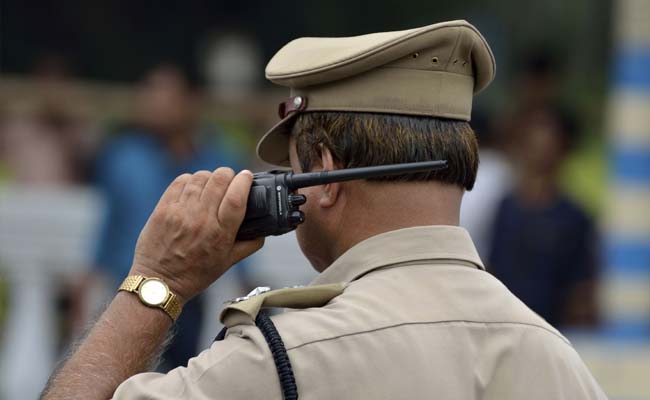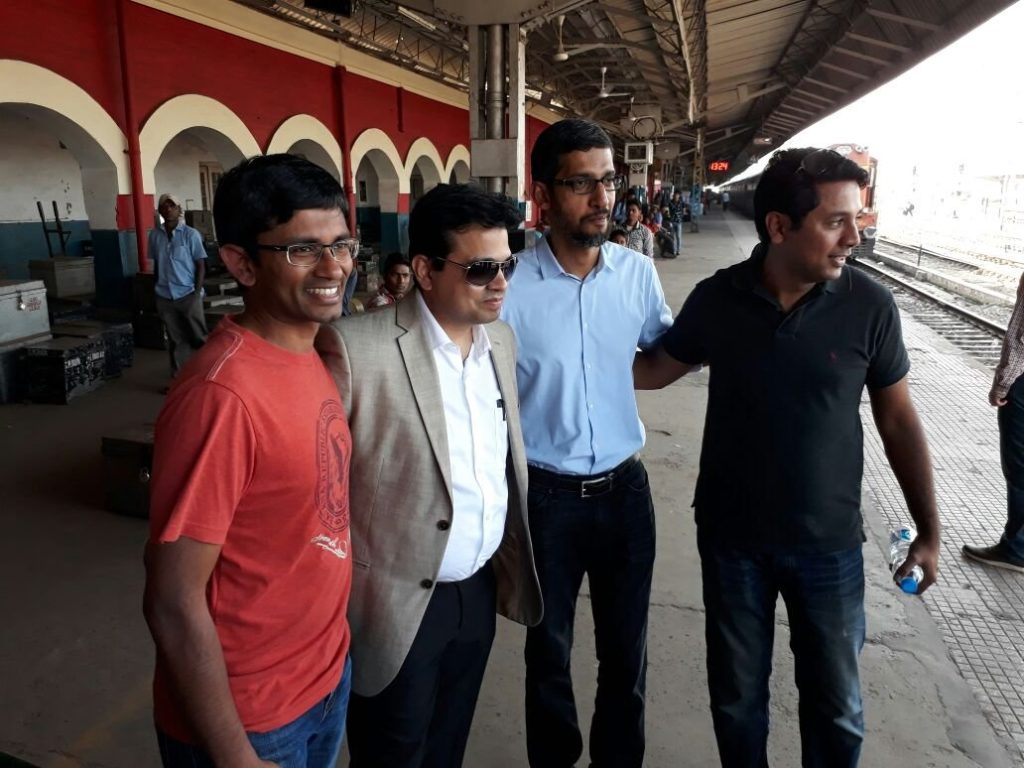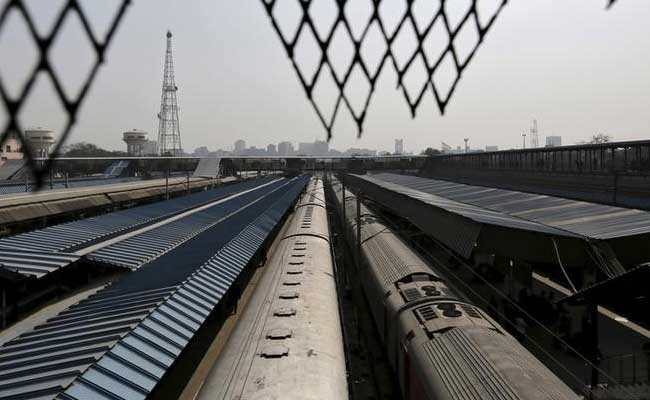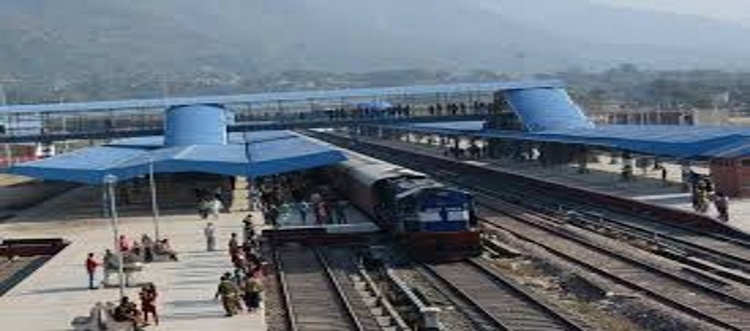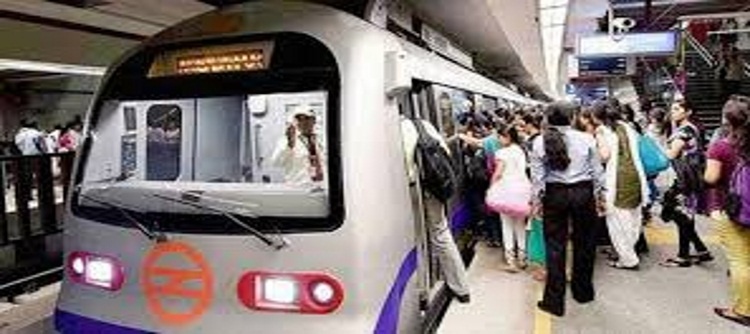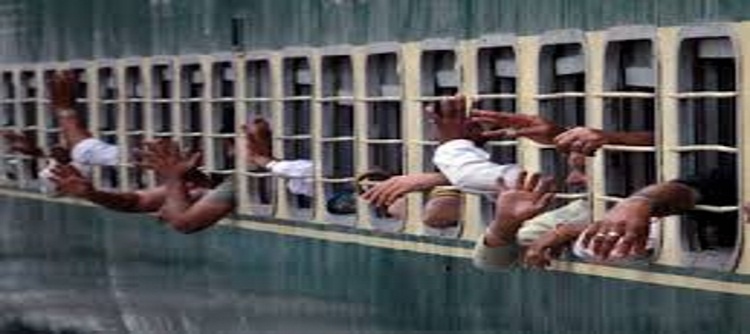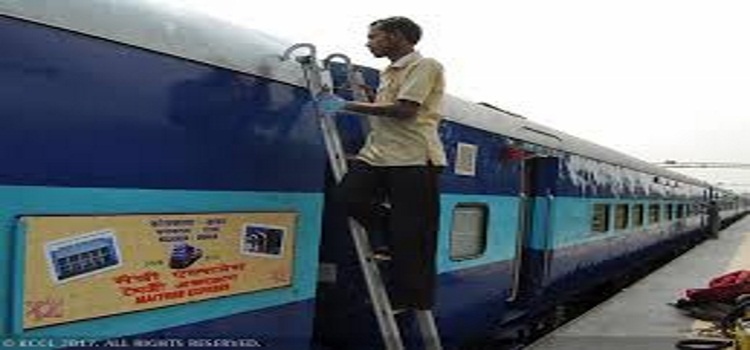
The railways, which has been losing business to the roadways, seems to be gaining ground with both its freight and passenger traffic showing an upward trend in July, which is generally considered a lean month.
This year, July has seen a robust growth with the freight loading being at an all-time high for the month at 94.09 million tonnes, 4.75 million tonnes more than July last year, said a senior official of the ministry.
The passenger traffic sector has also done significantly better compared to last year.
According to the latest figures, 60.5 million more passengers travelled this year between April and July 20 – a growth of 2.41 per cent – compared to the corresponding period last year.
The passenger earnings this year up to July 20 increased to Rs 15,758 crore as against Rs 14,739 crore in the corresponding period last year, according to the figures.
The loading of steel went up by 25 per cent, iron ore by 12.71 per cent, cement by 15.11 per cent, container by 10.31 per cent, petroleum, oil and lubricants by 6.83 per cent and other commodities by 11 per cent as compared to July last year.
The coal loading, however, recorded a mere rise of 0.44 per cent, mostly because of flooding in the mines.
The April-July loading this year was 375.32 million tonnes, which is an approximate increase of 15 million tonnes compared to the corresponding period last year.
“The railways has taken several measures since April-May when freight rationalisation was undertaken. Freight charges were reduced from anywhere between 5-30 per cent. Rebates on empty freight rakes and other such steps have worked for us. We were losing out to roads but now things are picking up,” said the senior official.
July is usually considered a lean month for the railways because of heavy monsoon rains and flooding in several parts of the country. This year is no different with Gujarat, Rajasthan and several Northeast states reeling under floods, which have claimed over 200 lives and damaged infrastructure.
“During 2012 to 2016, we have seen a downward trend in passenger earnings by around one to two per cent yearly. Now, we have not only stopped the decline by reversing the trend, in the last four months, we have seen a 2.4 per cent growth in the passenger traffic,” the senior official said.
